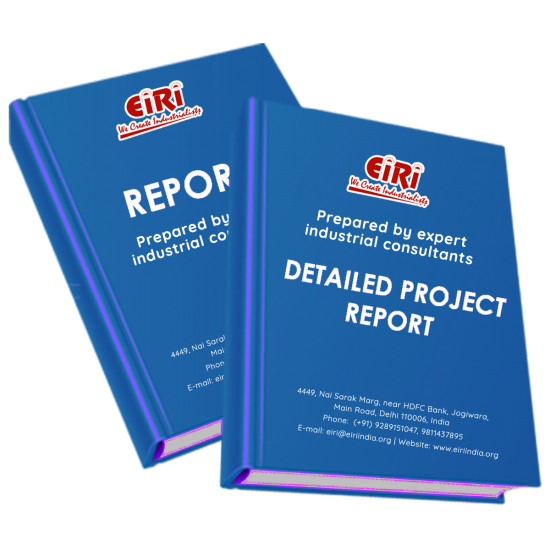Description
INTRODUCTION
CHEMISTRY OF BACK STAINING
COMPOSITION OF THE ANTI BACK STAINING AGENT
ANTI BACK STAINING AGENT
PRODUCT INFORMATION
KEY FEATURES & BENEFITS
GENERAL CHARACTERISTICS
APPLICATION
1. BIO-POLISHING:
2. STONE WASHING
ANTI BACK STAINING METHOD
USES AND APPLICATION
PROPERTIES
OVERVIEW OF BANGLADESH DENIM
TEXTILE AND GARMENTS INDUSTRY IN BANGLADESH
SCENARIO OF DENIM MARKET OF BANGLADESH
TOP FOREIGN DENIM BUYER OF BANGLADESH
SWOT ANALYSIS OF DENIM SECTOR OF BANGLADESH
STRENGTH OF BANGLADESH DENIM INDUSTRY
WEAKNESS OF BANGLADESH DENIM INDUSTRY
OPPORTUNITIES OF BANGLADESH DENIM INDUSTRY:
THREATS OF BANGLADESH DENIM INDUSTRY
PRESENT MANUFACTURE OF ANTIBACK STAINING AGENT
FORMULATION OF ANTIBACK STAINING AGENT
PROCESS:
PROCESS FLOW DIAGRAM
PRINCIPLES OF PLANT LAYOUT
STORAGE LAYOUT:
EQUIPMENT LAYOUT:
SAFETY:
PLANT EXPANSION:
FLOOR SPACE:
UTILITIES SERVICING:
BUILDING:
MATERIAL-HANDLING EQUIPMENT:
RAILROADS AND ROADS:
MAJOR PROVISIONS IN ROAD PLANNING FOR MULTIPURPOSE SERVICE ARE:
PLANT LOCATION FACTORS
PRIMARY FACTORS
1. RAW-MATERIAL SUPPLY:
2. MARKETS:
3. POWER AND FUEL SUPPLY:
4. WATER SUPPLY:
5. CLIMATE:
SPECIFIC FACTORS
6. TRANSPORTATION:
A. AVAILABILITY OF VARIOUS SERVICES AND PROJECTED RATES
7. WASTE DISPOSAL:
8. LABOR:
9. REGULATORY LAWS:
10. TAXES:
11. SITE CHARACTERISTICS:
12. COMMUNITY FACTORS:
13. VULNERABILITY TO WARTIME ATTACK:
14. FLOOD AND FIRE CONTROL:
EXPLANATION OF TERMS USED IN THE PROJECT REPORT
1. DEPRECIATION:
2. FIXED ASSETS:
3. WORKING CAPITAL:
4. BREAK-EVEN POINT:
5. OTHER FIXED EXPENSES:
6. MARGIN MONEY:
7. TOTAL LOAD:
8. LAND AREA/MAN POWER RATIO:
PROJECT IMPLEMENTATION SCHEDULES
INTRODUCTION
PROJECT HANDLING
PROJECT SCHEDULING
PROJECT CONSTRUCTION SCHEDULE
TIME SCHEDULE
SUPPLIERS OF RAW MATERIALS
SUPPLIERS OF PLANT AND MACHINERY
APPENDIX – A:
01. PLANT ECONOMICS
02. LAND & BUILDING
03. PLANT AND MACHINERY
04. OTHER FIXED ASSESTS
05. FIXED CAPITAL
06. RAW MATERIAL
07. SALARY AND WAGES
08. UTILITIES AND OVERHEADS
09. TOTAL WORKING CAPITAL
10. TOTAL CAPITAL INVESTMENT
11. COST OF PRODUCTION
12. TURN OVER/ANNUM
13. BREAK EVEN POINT
14. RESOURCES FOR FINANCE
15. INSTALMENT PAYABLE IN 5 YEARS
16. DEPRECIATION CHART FOR 5 YEARS
17. PROFIT ANALYSIS FOR 5 YEARS
18. PROJECTED BALANCE SHEET FOR (5 YEARS)



